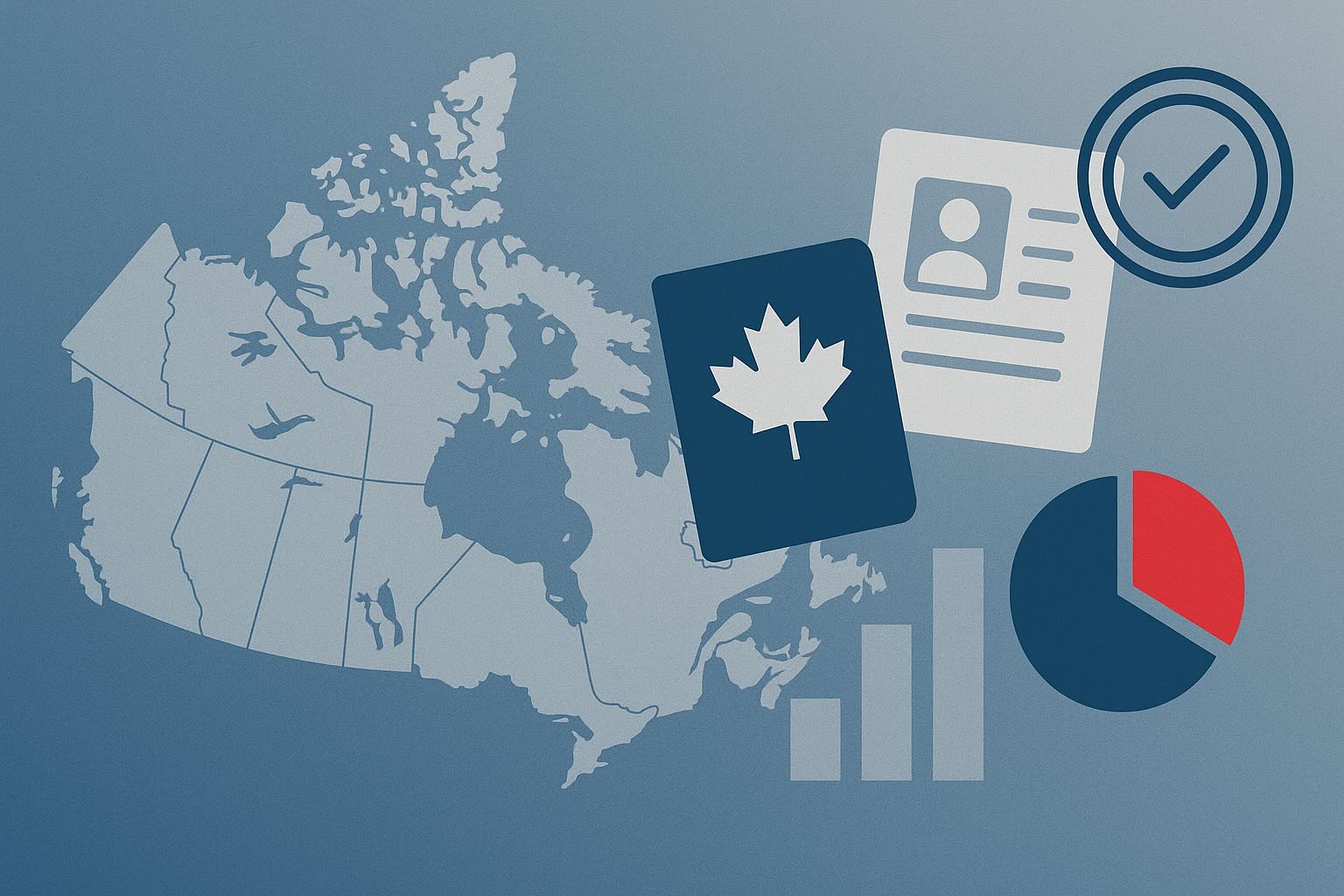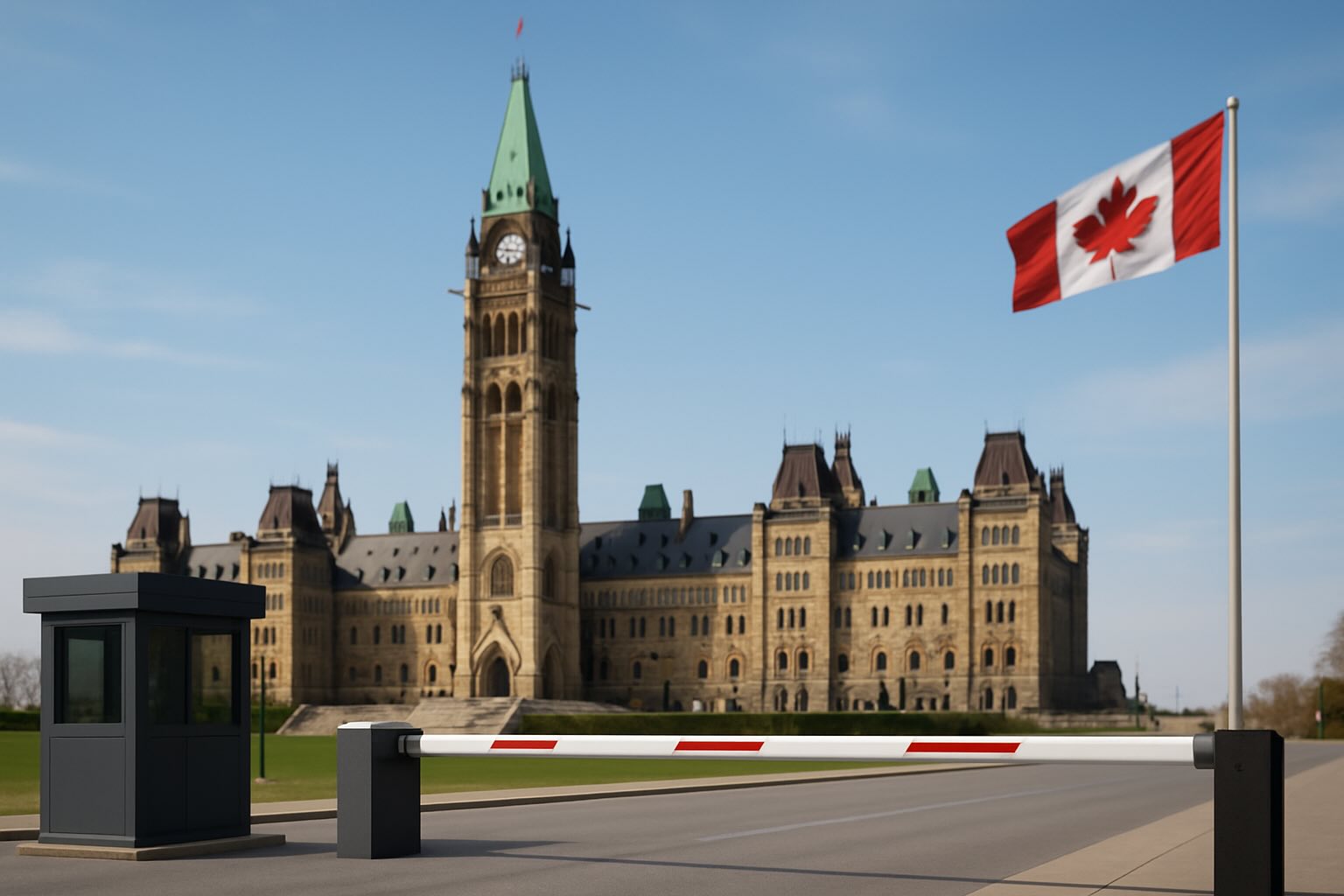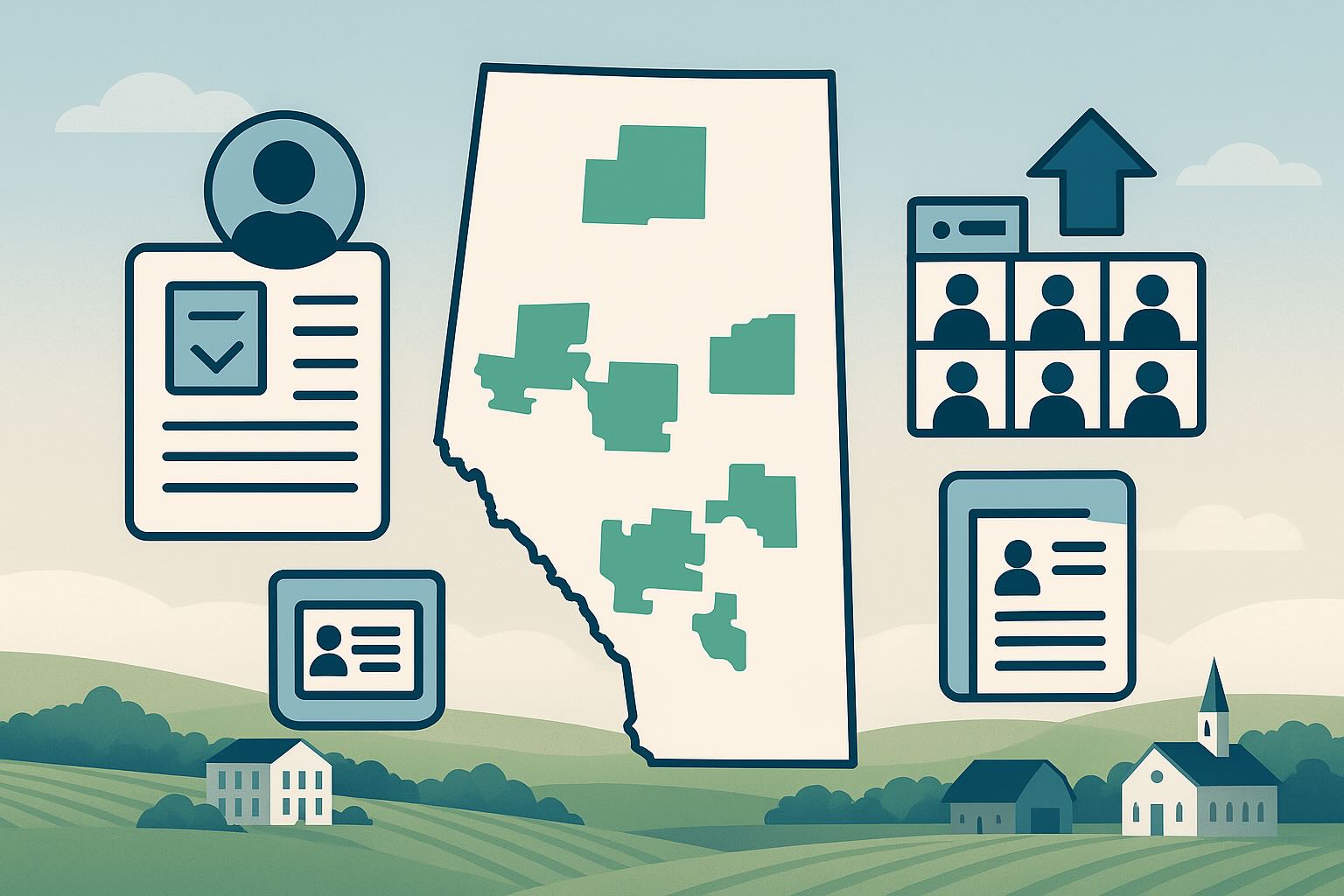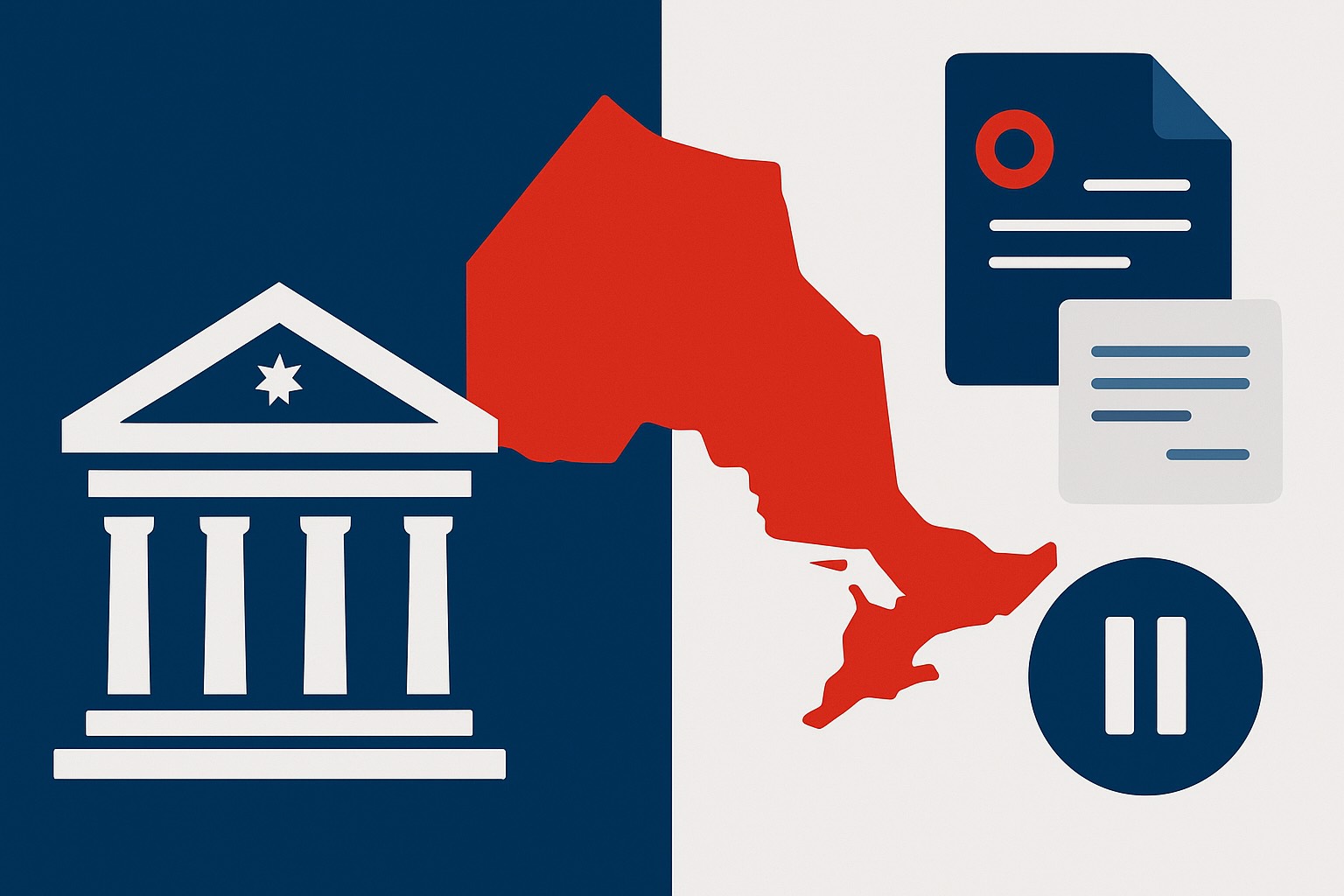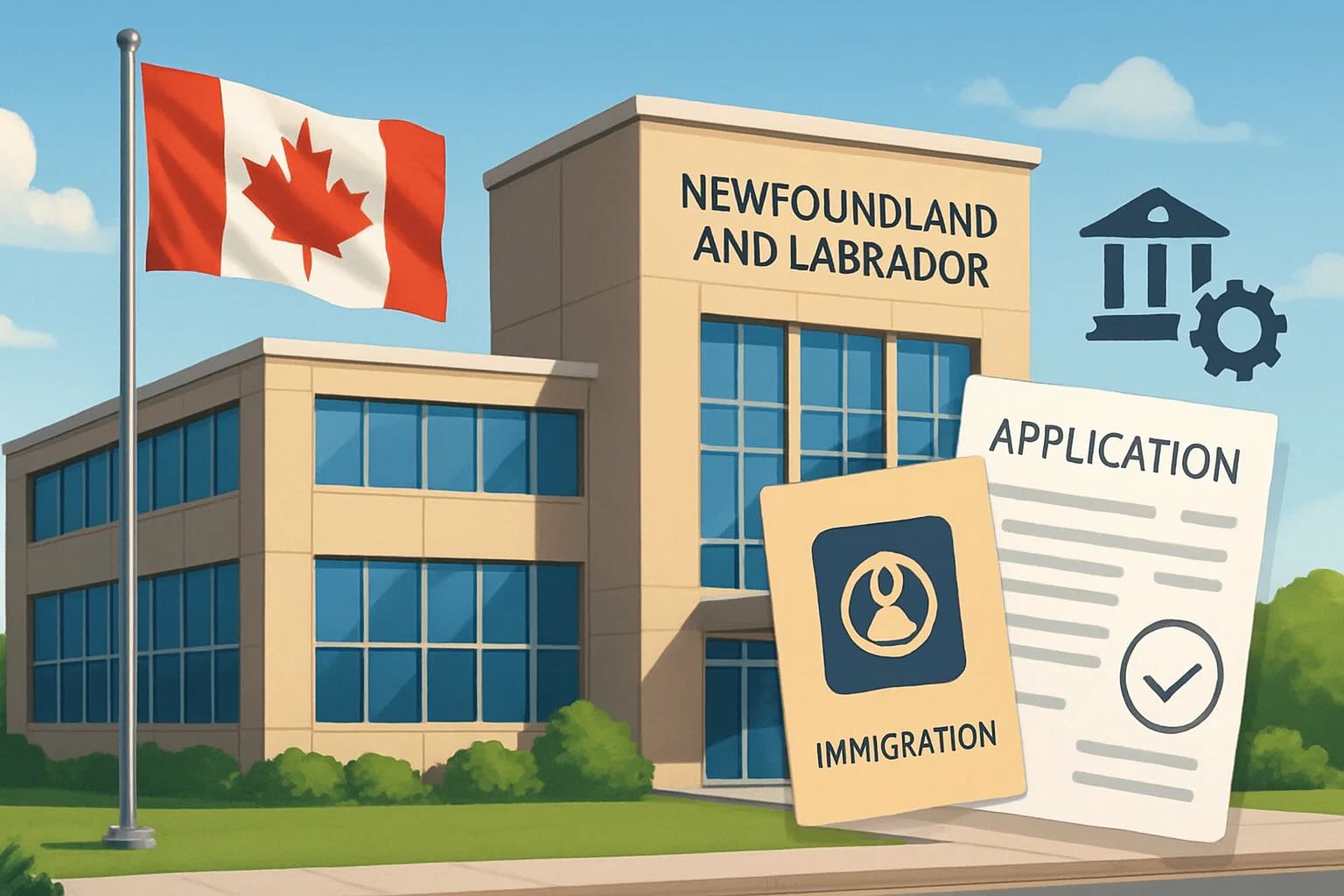加拿大畢業後工作許可(PGWP)是一項允許國際畢業生在加拿大差不多所有行業和地區工作的開放式工作許可。對於希望透過累積加拿大工作經驗申請永久居留(Permanent Residence, PR)的學生來說,PGWP的戰略意義不言而喻。例如,加拿大經驗類移民(Canadian Experience Class, CEC)項目就要求申請人具備至少一年的加拿大全職工作經驗。所以,在規劃留學初期,了解並確保畢業後能夠符合PGWP申請條件,是每位國際學生都應該認真對待的首要任務。
實操指南:三步鎖定PGWP合規路徑
第一步:確認您的目標院校是指定學習機構 (DLI)
首先,申請加拿大留學許可(Study Permit)的核心前提之一,就是必須取得一份來自加拿大政府認可的「指定學習機構」(Designated Learning Institution, DLI)發出的錄取通知書(Letter of Acceptance, LOA)。只有DLI才有資格招收國際學生。如果您心儀的學校不在官方DLI名單上,您的學習許可申請將會直接被拒絕。
確認學校的DLI身份及其PGWP資格,您需要按照以下步驟進行:
- 前往IRCC官方DLI列表頁面: 前往加拿大政府網站上由IRCC實時更新的「指定學習機構列表」頁面。
- 按省份/地區篩選: 捲動到頁面底部,找到「按省份/地區劃分的指定學習機構列表」部分,透過下拉選單選擇學校所在的加拿大省份或地區。
- 使用搜尋功能查找: 選擇省份/地區後,頁面將顯示該區域所有已註冊的DLI列表。您可以使用列表頂部的搜尋框,輸入學校名稱、DLI編號或城市資訊進行快速查找。列表中出現的任何機構都已被指定為DLI。* 特別提示: 加拿大所有小學和中學都自動被指定為DLI,所以不會在此可搜尋的高等教育機構列表中出現。
- 核對關鍵資訊: 找到您的目標院校條目後,務必記下兩個重要資訊:
- PGWP資格: 查看該機構是否提供符合PGWP申請資格的課程。
- DLI編號: 這是您填寫學習許可申請表「計畫在加拿大進行的學習詳情」部分時必須填寫的唯一識別碼。
若在列表中找不到學校怎麼辦?
如果您在高等教育列表中找不到您的學校,請先確認它是否是小學或中學(它們自動指定且不顯示)。如果確定不是,請在提交學習許可申請前務必聯繫學校招生辦公室,核實其DLI狀態及PGWP資格資訊。
第二步:確認您的專業是否符合PGWP資格
僅僅確認學校是符合PGWP資格的DLI還不夠,您必須進一步核實您計畫就讀的具體專業課程是否也符合PGWP要求。
特別需要強調的是,自2024年11月1日起,針對特定學習程度的國際畢業生,除了完成學業,申請PGWP時將新增語言能力和專業領域(即與加拿大就業市場需求相關)的要求。這些重要變化總結如下:
| 學習程度 | 語言要求 | 專業領域要求 |
|---|---|---|
| 學院/大學本科學士、碩士或博士課程 | 英語或法語聽說讀寫四項能力均需達到加拿大語言基準(CLB/NCLC)7級或同等水平。 | 不適用(N/A) |
| 上述未列出的大學課程(非大學學士、碩士、博士) | 英語或法語聽說讀寫四項能力均需達到加拿大語言基準(CLB/NCLC)7級或同等水平。 | 必須畢業於符合資格(與加拿大就業市場需求相關的)的專業領域。 |
| 學院課程或其他非大學課程(非大學學位課程) | 英語或法語聽說讀寫四項能力均需達到加拿大語言基準(CLB/NCLC)5級或同等水平。 | 必須畢業於符合資格(與加拿大就業市場需求相關的)的專業領域。 |
如何查找並確認您的專業對應的CIP代碼?
加拿大的教育項目採用「教學項目分類」(Classification of Instructional Programs, CIP)系統進行描述和歸類。要確定您的專業是否符合PGWP資格(特別是對於需要滿足專業領域要求的課程),您需要先找到您的專業對應的CIP代碼。
您可以前往加拿大統計局(Statistics Canada)的相關網頁,使用搜尋欄輸入專業名稱或描述中的關鍵字,找到最符合您課程的6位數字代碼(Class)。由於專業名稱可能比較通用,請務必仔細閱讀該代碼的詳細描述、包含的例子及排除的例外情況,確保您選擇的代碼與您實際專業內容精確匹配。
確定了準確的CIP代碼後,您需要將其與IRCC或其他官方指引中列出的符合PGWP資格的專業代碼列表進行比對(尤其是在2024年11月1日後,對於需要滿足專業領域要求的學習程度)。
* 重要提示: 準確找到並核實您的專業對應的CIP代碼,直接關係到您是否符合PGWP資格,對您未來的移民路徑具有深遠影響。許多國際畢業生會選擇諮詢有經驗的移民顧問,以確保這個關鍵資訊的準確性,最大化獲得PGWP和申請永久居留的機會。
申請PGWP的其他重要條件
需要注意的是,PGWP對每位申請人僅簽發一次。即使您在獲得PGWP後又完成了新的課程,也無法再次申請。
PGWP的有效期取決於您完成課程的程度和長度,通常範圍在8個月到最長3年:
- 對於碩士課程: 自2024年2月15日起,完成長度至少8個月(魁北克省為900小時)的碩士課程,即使課程不滿兩年,畢業後最高可獲得長達3年的PGWP。
- 對於所有其他課程:
- 完成長度至少8個月(魁北克省為900小時)但不足兩年的課程,PGWP有效期最長與課程長度相同。
- 完成長度兩年或以上的課程,PGWP有效期最長可達3年。
- 如果在申請PGWP前完成了多個符合資格的課程,PGWP有效期可能會綜合考慮這些課程的長度。
除了學校和專業符合資格,國際學生還必須滿足一系列自身的學習和文件要求,才能成功提交和獲得PGWP:
- 完成一個在符合資格的DLI進行的、長度至少8個月(魁北克省900小時)的學術、職業或專業培訓課程,並成功獲得相應的學位、文憑或證書。
- 在您用於申請PGWP的所有課程的每個學期中,在加拿大境內保持全日制學生身份(除非有IRCC認可的例外情況,例如最後一個學期)。
- 向PGWP申請提供由學校出具的官方成績單以及確認您已滿足所有畢業要求的官方信函。
- 畢業於以下類型的符合條件的機構:
- 加拿大公立高等教育機構,例如學院、技工學校、大學、魁北克省的CEGEP。
- 魁北克省遵循公立機構規定的私立高等教育機構。
- 魁北克省提供900小時或以上課程、並頒發職業學習文憑(DEP)或職業專業化證明(ASP)的私立中等或高等教育機構。
- 經加拿大各省法律授權可以授予學位的私立機構(例如副學士、學士、碩士或博士),但僅限於學生就讀的課程是該省份合法授權該機構授予學位的課程。。
切勿忽視:保持加拿大「可入境性」至關重要
最後,即使您完全符合所有關於學校、專業、學習記錄和文件等方面的PGWP申請資格標準,最終能否獲得批准,還取決於您在申請時是否仍然符合加拿大的入境要求(Admissibility)。換句話說,如果您在留學期間,由於健康狀況變化、出現犯罪記錄,或者您的原居國發生重大變故導致加拿大移民官員對您作為臨時居民的意圖產生疑慮等情況,您的PGWP申請仍然有可能被拒絕。
所以,國際學生在留學期間應注意遵守加拿大的法律法規,保持良好的健康狀況,並確保您的個人情況不會影響您的「可入境性」。滿足學術要求是基礎,而保持合法的臨時居民身份和良好的記錄,是確保最終順利獲得PGWP的另一條生命線。
面對政策變化,國際學生在規劃未來時應更加審慎。仔細研究IRCC發布的最新指引,尤其關注2024年11月1日生效的新規定細節,並在必要時尋求專業幫助,將是確保留學之旅成功並為加拿大職業夢想奠定基礎的關鍵。

